TrustQuay Forum 2022 was held on 11 October, on the top floor of the iconic Royal College of Surgeons in central London. It was, by anyone’s standard, a great success. The event was attended by over 100 delegates coming from across TrustQuay’s client and prospect base of the trust, corporate services and alternative fund administration sector.
The event featured a mix of thought leadership, panel discussions, live product demonstrations and even a fire alarm! The latter happening mid-morning before the coffee break and requiring us to file down from the 6th floor and mingle outside whilst the issue was investigated. Thankfully it wasn’t raining and gave us all a great chance for more networking.
The event was sponsored by BDO, RiskScreen and Enhance.
TrustQuay comes of age
The event was TrustQuay’s first face to face forum having run similar online only events for the last two years. They certainly know how to put on a great show, which is very unusual for vendors in this sector.
More by luck than design the event came on the back of the previous week’s announcement that Hg Capital had become the major shareholder of TrustQuay, having bought out Silverfleet, the original investor who brought together Microgen and Touchstone back in 2020. Yes, that was only 2 years ago!
Looking back to 2019 when I worked with both Microgen and Touchstone, this feels like a completely different era. TrustQuay today is nothing like either of those businesses and I take my hat off to Keith Hale, Executive Chairman and the rest of his management team, for a very successful merger. All done with the backdrop of a global pandemic – not easy for a business with less than 200 staff spread across 8 offices.
At this event it felt like TrustQuay had come of age and I don’t think anyone who was there would doubt their place as the leading supplier of technology solutions to the sector.
Future Focus 2023
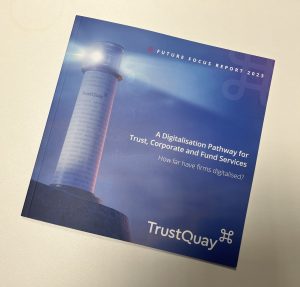
The theme of TrustQuay Forum was a preview of the findings from their most recent Future Focus Report. This global report, now in its third year, is based on a survey of 120 wealth management firms, examining the drivers of industry change and digitalisation.
In the keynote, Keith Hale took us through the highlights of the report. I will devote another blog on more detailed analysis and opinion on the report, but the key headlines from the conference were:
- 9 out of 10 TCSP providers think they will become more digitalised and automated in the next 5 years
- But only 1 in 3 firms have started on their digitalisation pathway
- 82% say that technological innovation needs to accelerate
Furthermore, the top three challenges were noted as:
- Regulatory burden
- Increasing efficiencies / reducing costsn
- Improving data quality
These findings were validated by the audience using, the now customary, Slido polls and discussed with the panel consisting of Stuart Richford (BDO), Tom Devlin (RiskScreen), Estelle Speirs (Zedra ) and Adriana Vassallo (FJVA).
Consolidate, Regulate, Automate and Differentiate
The bulk of the day was structured around the four themes of Consolidate, Regulate, Automate and Differentiate. This is TrustQuay’s way of describing the digitalisation pathway for trust, corporate and fund services.
- Consolidate: Consolidate data to improve quality and consistency via a common digital platform.
- Regulate: Increase efficiencies and reduce costs through automation of key workflow processes.
- Automate: Execute your regulatory obligations quicker and easier by moving to a single compliance platform.
- Differentiate: Create competitive advantage via a clearly differentiated client proposition.
Describing as a ‘pathway’ gave the impression it is a journey where you advance from one step to the next. However, in reality you need to be covering all of this at the same time to succeed, or at least starting to work on all them.
Despite the slightly contrived themes, the messaging is sound and the product demonstrations that were used to demonstrate this, centred around TrustQuay Online, TrustQuay Portal and the interoperability with the Microsoft platform, were very well executed.
It is always difficult demonstrating software to a live audience, but TrustQuay avoided the easy path of using prepared videos and screenshots and chose live demos of their cloud solutions. Without exception, the team pulled this off very well.
Overall TrustQuay Forum was a valuable day, with lots of time to network with the other delegates and TrustQuay team. Whilst there was clearly an element of self-promotion (it was a free event, after all!) this was subtle and did not take away from the discussions, content and thought leadership from TrustQuay, BDO and RiskScreen.
If the event is repeated next year, I shall definitely attend and can recommend to everyone who has interest in improving digitalisation in the trust, corporate and fund services sector.
Hackathon
The day before the Forum, I was lucky to attend TrustQuay’s Hackathon where I got to work with their developers and software architects using Power Automate to develop some great utilities to interact with TrustQuay software, including 5Series, NavOne, TrustQuay Online and TrustQuay Portal.
You have probably heard of PowerBI, the data visualization tool that comes free with Microsoft’s 365 platform, but what you may not be aware of is that this is just one of many tools in the Power Platform. Power Platform includes Power Apps and Power Automate. These tools enable you to automate your business process, including using ‘robots’ (RPA) to streamline interactions between other applications.
What we learned, which was emphasized during the demos at the Forum event, was that process automation is not easy. Yes, the tools are easy to use and generally speaking you don’t need to write extensive code to make them work (although we did need to copy and paste some JSON code in some areas).
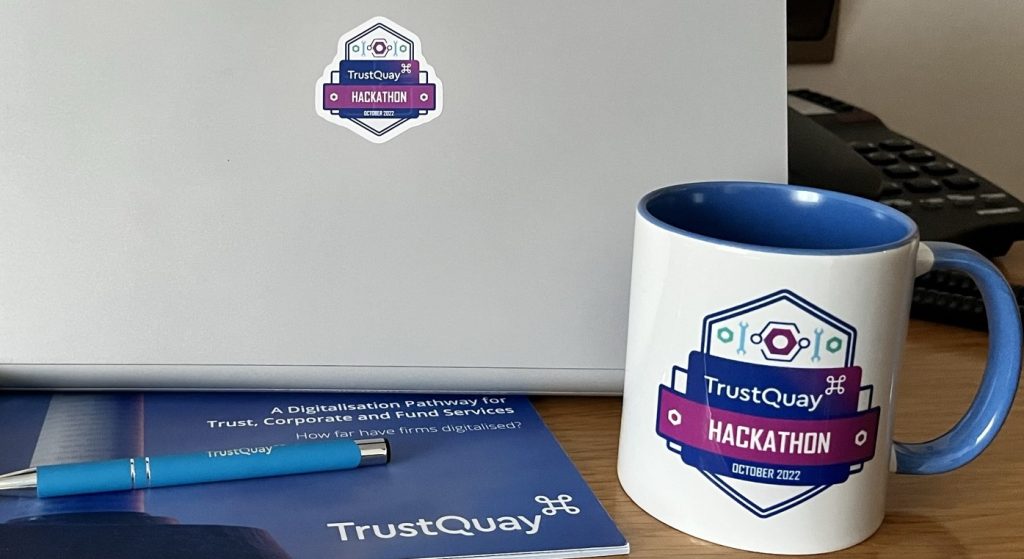
However, to get anything other than a simple automation to work you do need to think like a coder and have the experience of a software developer to know how to apply the right tools to achieve the right results.
Using these low code tools is hard. This point was emphasised by TrustQuay.
This is surprising and it was refreshing to hear a technology vendor being honest about how hard technology change can be. We are very used to hearing the usual pitch from vendors that goes along the lines of ‘buy our technology because it’s so easy to implement, blah blah blah…’
Realising greater benefits from technology is definitely far easier than it used to be now we have open standards, graphical tools and APIs to help us. But, if you think you can get the best out of them in your business without dedicated technical help, then think again.
Do it properly and engage experts.
We can help you define where your automation priorities should be and align these to you business objectives. We have a lot of knowledge and experience of all the core technologies used in the trust sector, but when it comes to getting the most from Microsoft Power Platform you need to either have the capacity to train up your own people or engage third parties who do this every day. These tools may appear easy to use but they are not for amateurs.
If you’d like to discuss how you should go about automating your business or the most appropriate tools for your situation, then comment below or click on Get In Touch (also at the top of this page) and I’ll get back to you with my thoughts or we can arrange a more detailed discussion.
(Image source: TrustQuay and the author)
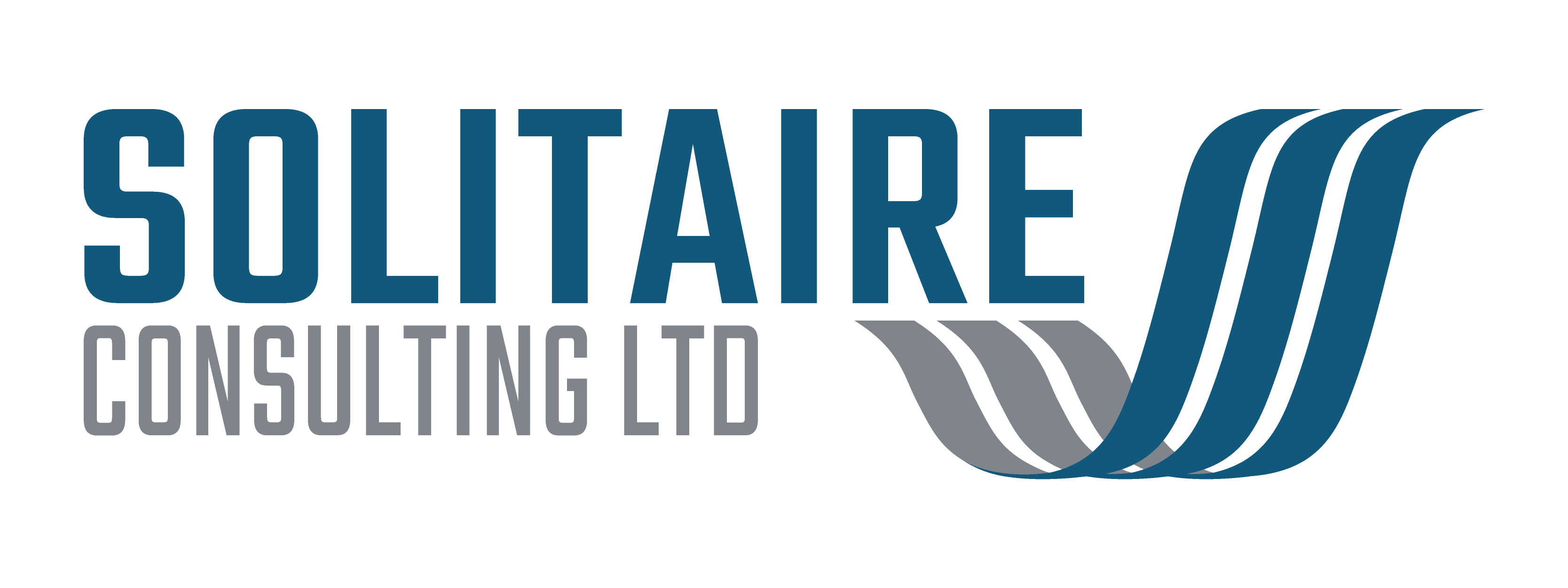
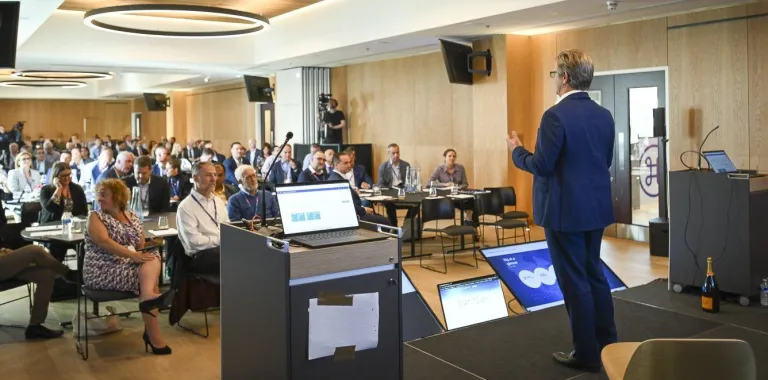




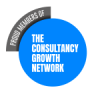


2 responses
Excellent summary which I have only just got around to reading .. my bad … I agree wholeheartedly … automation isn’t the walk in the park many are led to believe …but then again, as an ex programmer-developer turned ‘humanesq’ it isn’t rocket science either … and many automation problems I’ve developed over the years can be resolved by going back to first principles …. What does the human actually do …now he can your automation simply reflect that AND should it or could it be streamlined in the process?
Many automations are working against (functionally predictable) legacy applications but a recent one with the Government was using a modern cloud app with modern features, some of which baulked at the initial lightening speed automation was providing with timing issues … taking a step back and performing the same transactional steps in a more ‘sequenced’ approach vs a fly in semi SQL select type window made the process 100% reliable if only a second or so slower … unattended reliability always wins over out and out speed !
As for the Trustquay event … excellent .. definitely looking forward to next years event
Thank you for taking the time to comment David. It was great to see you again at the event in London. You are one of the masters of process automation with a knack of surfacing the simplicity in many over complicated manual processes.